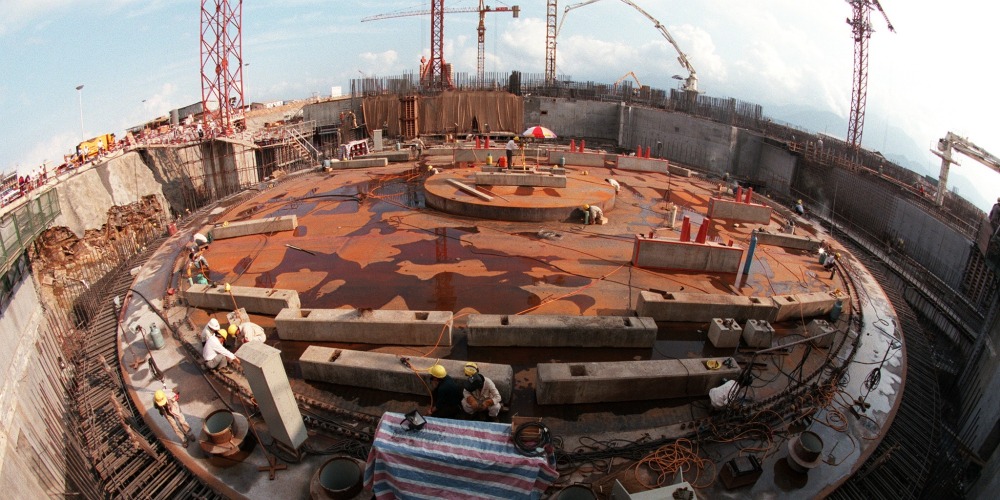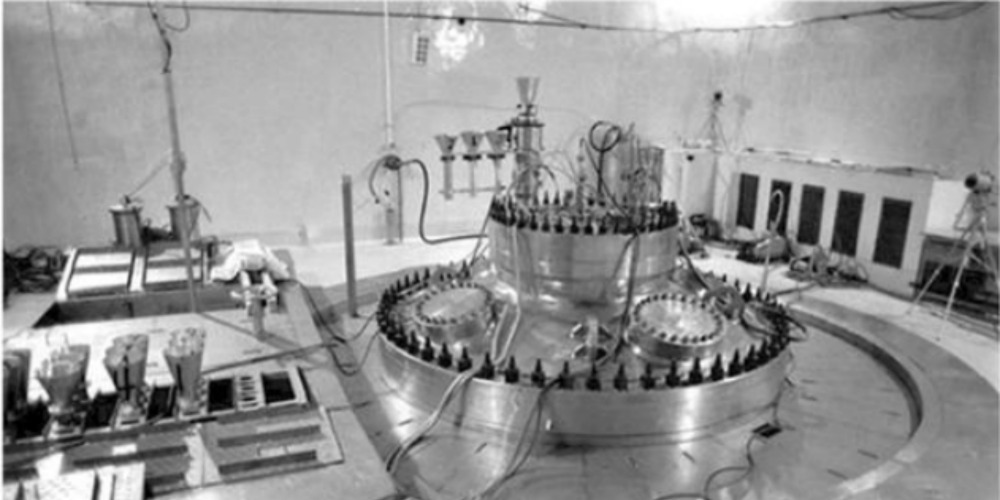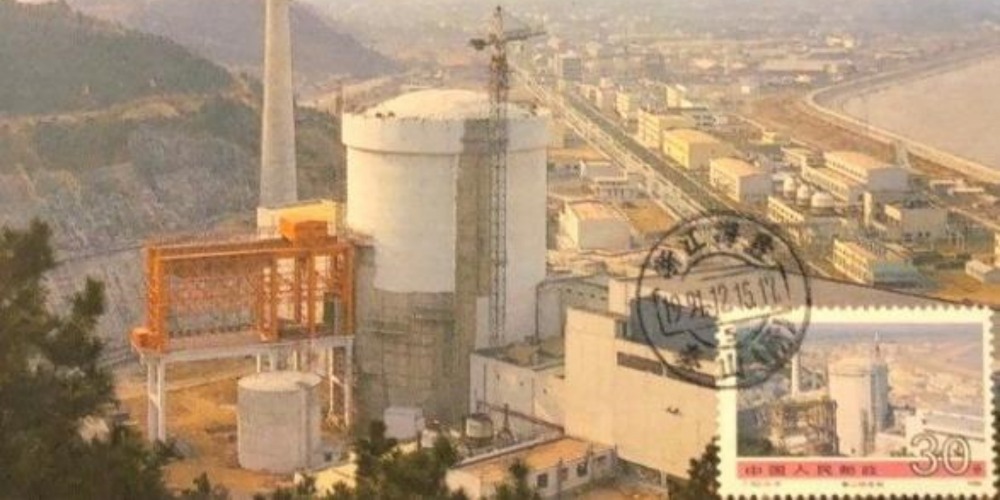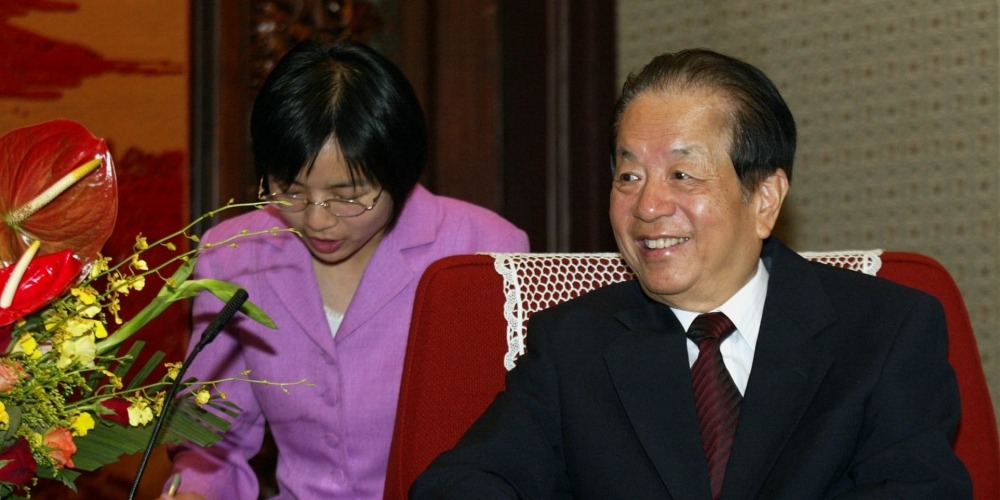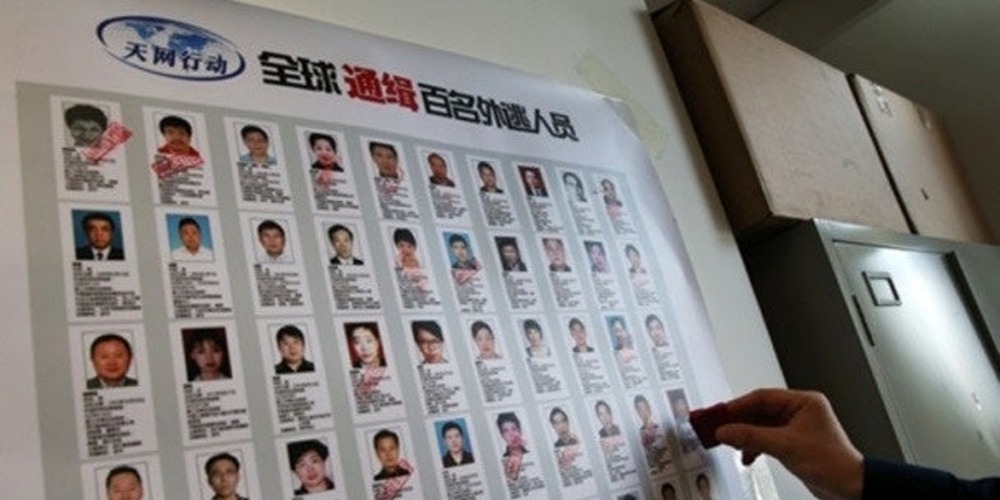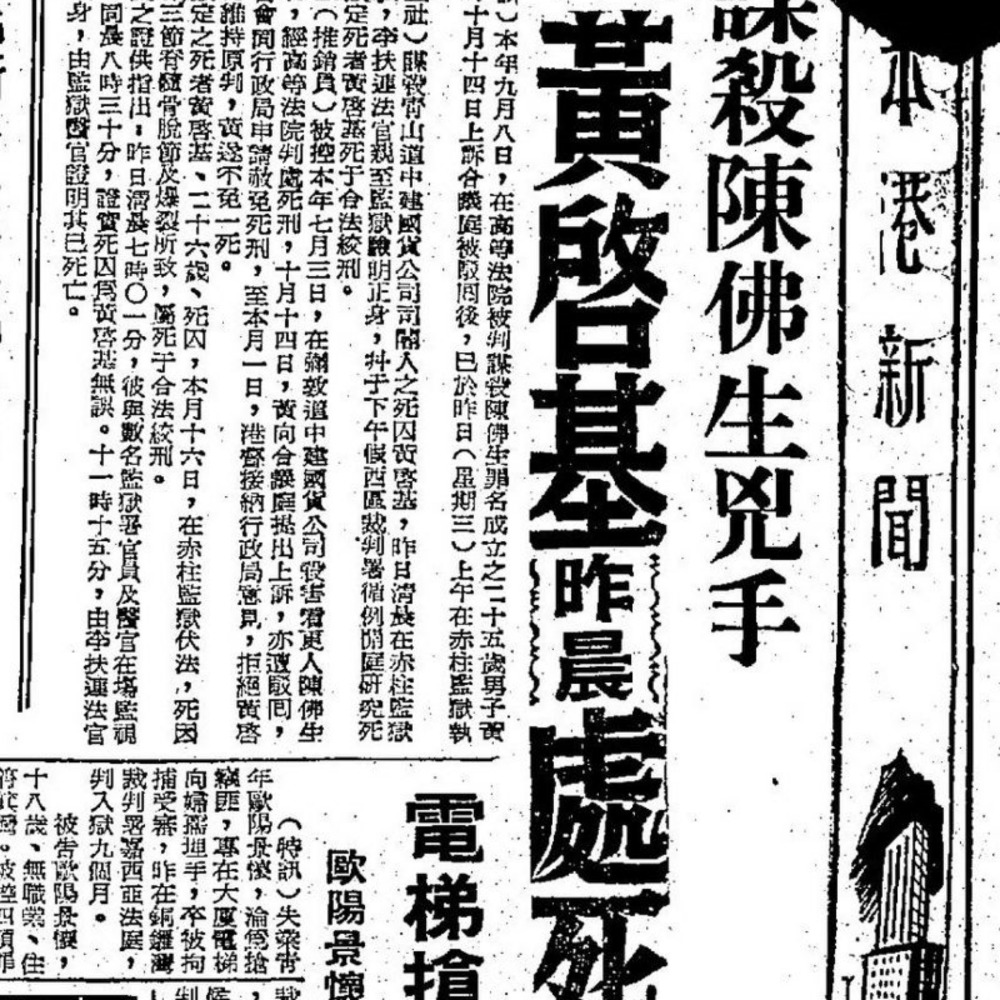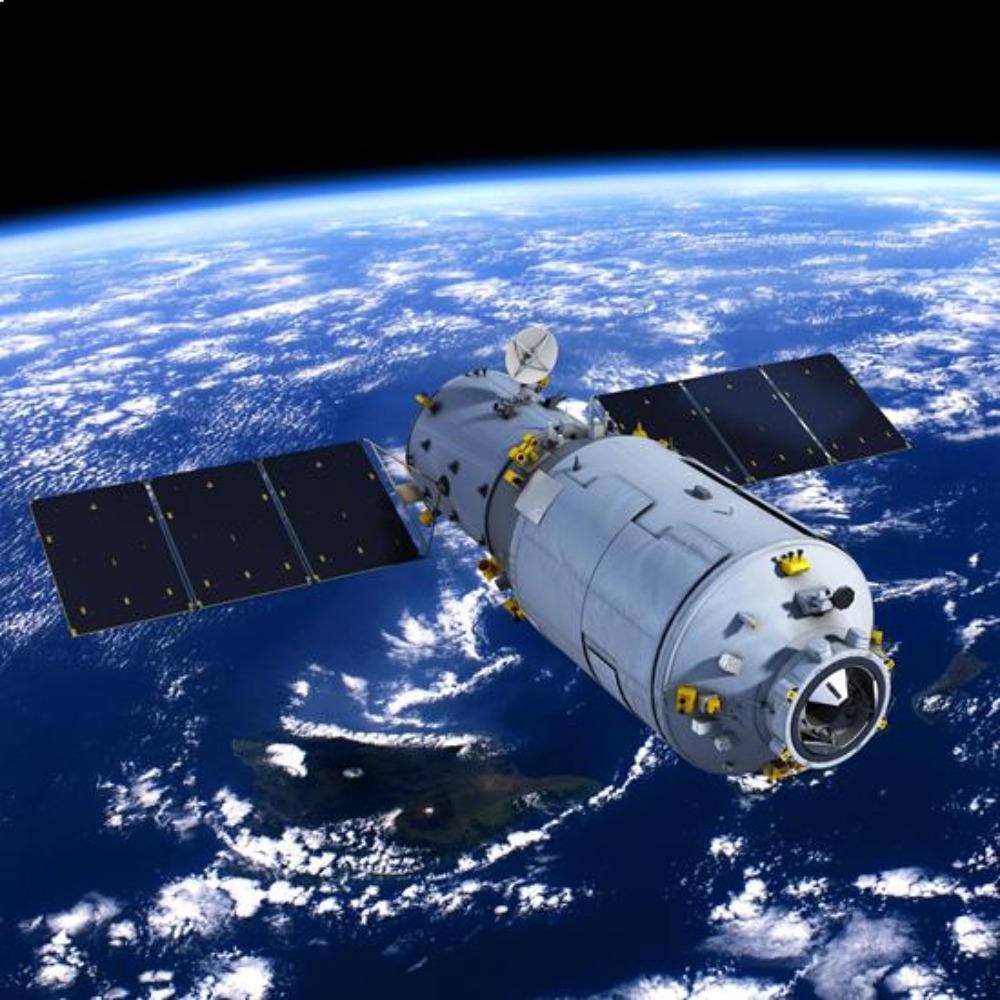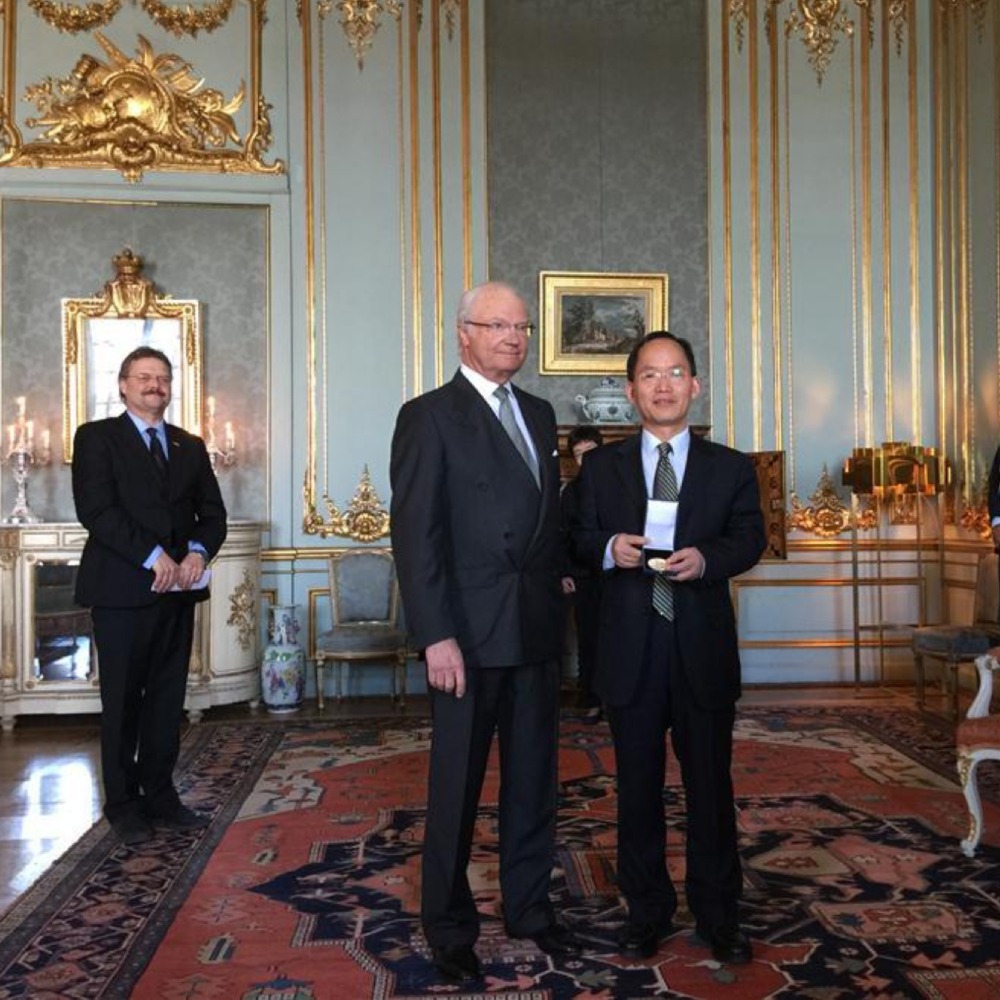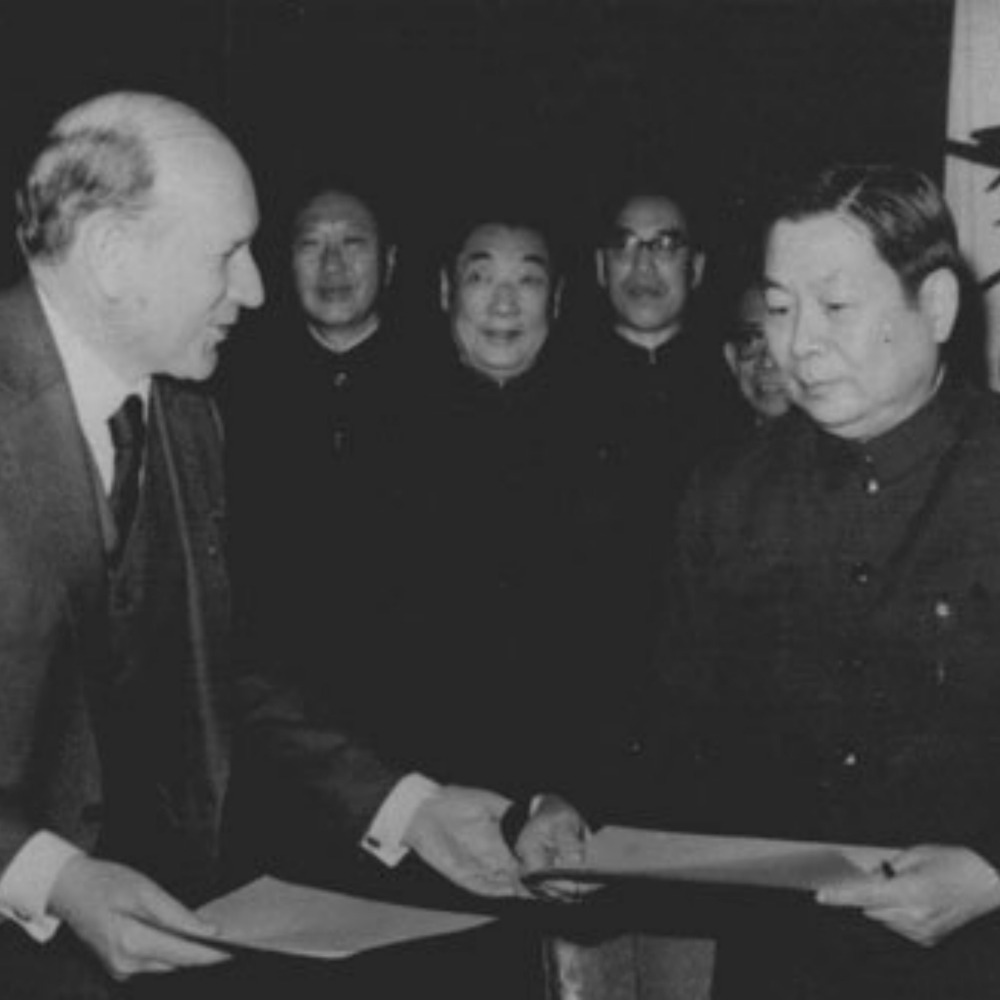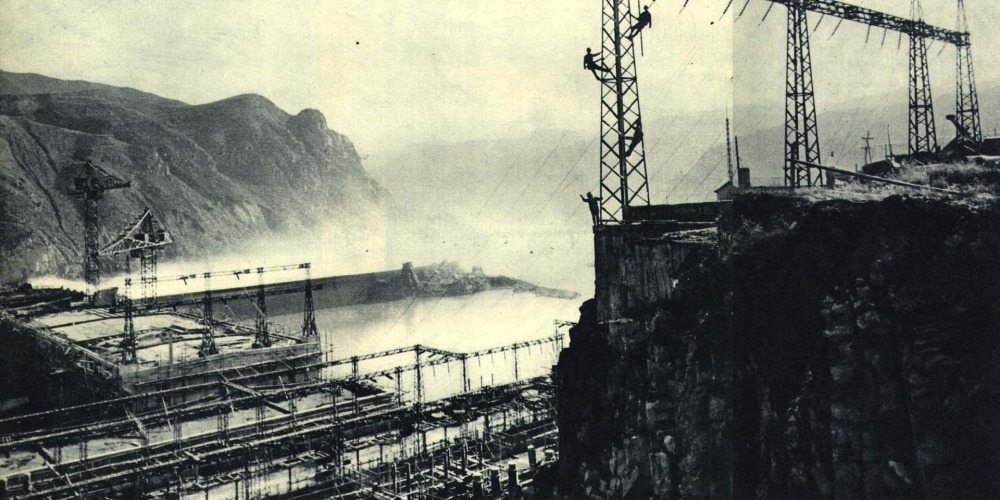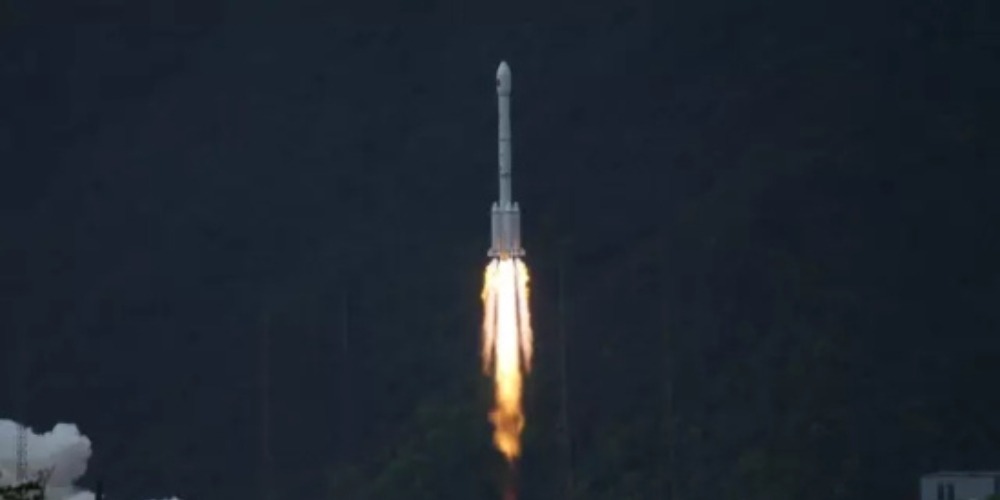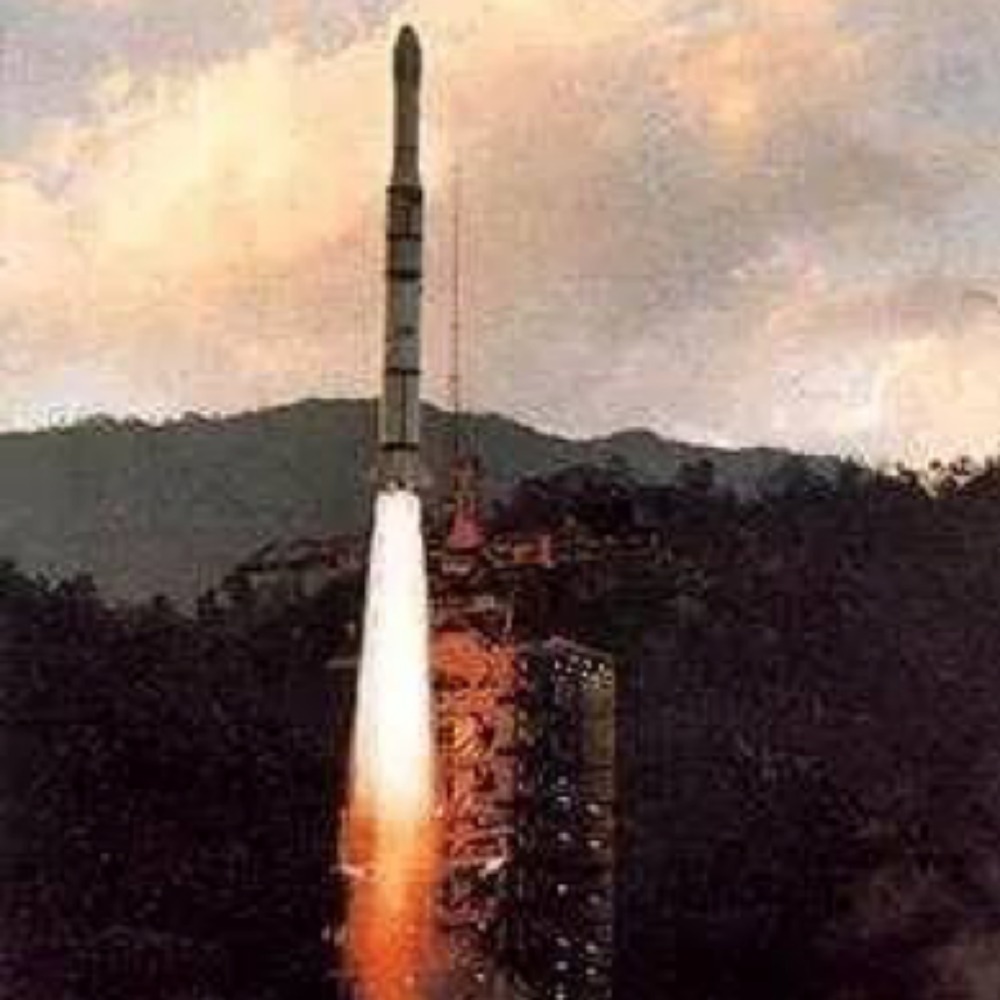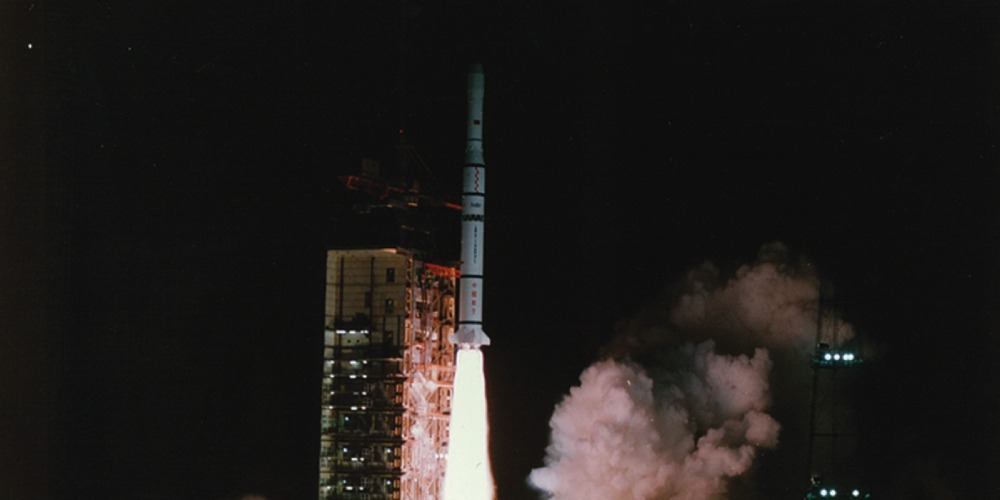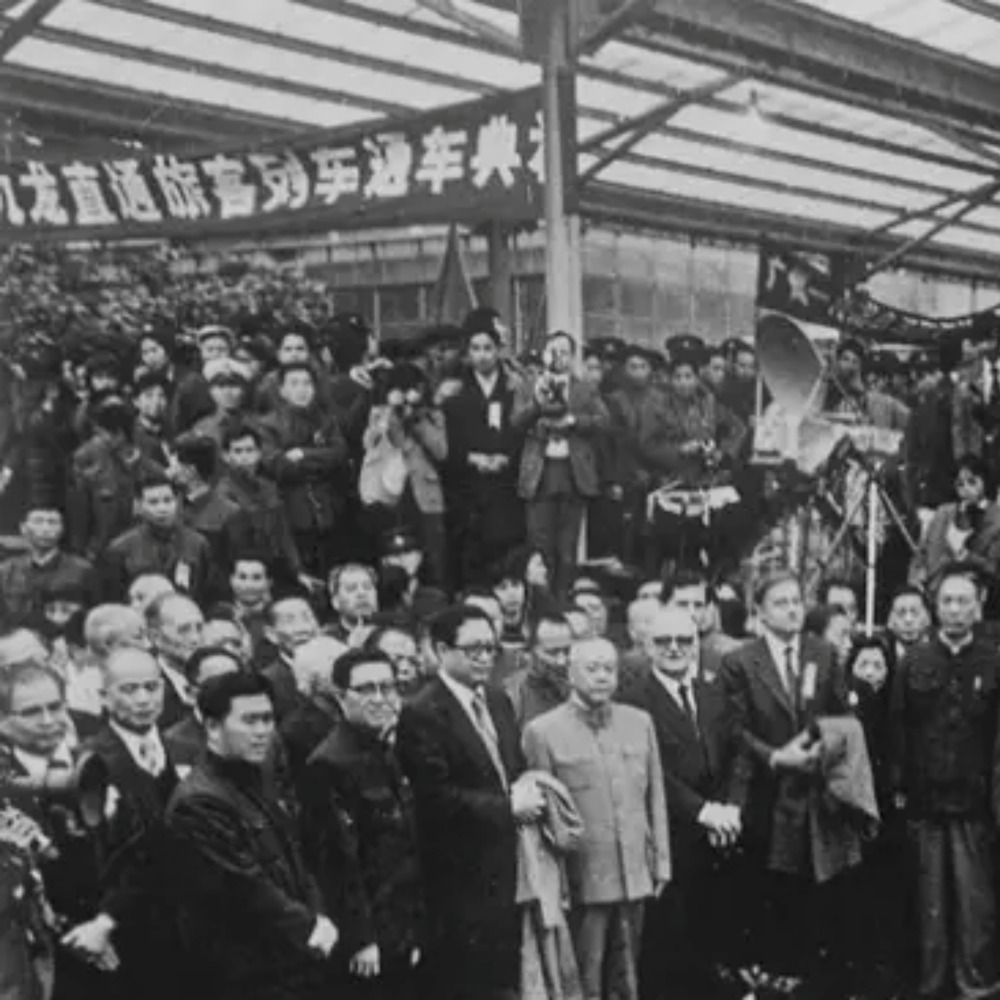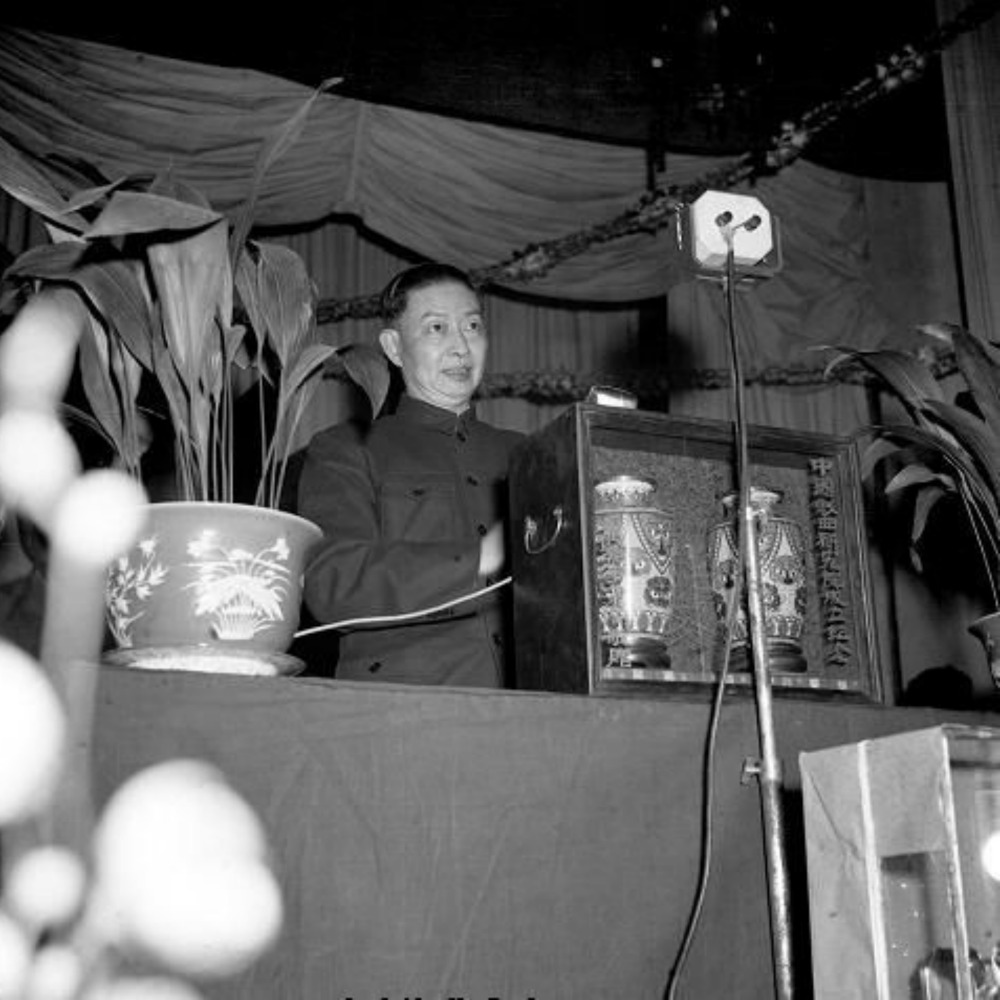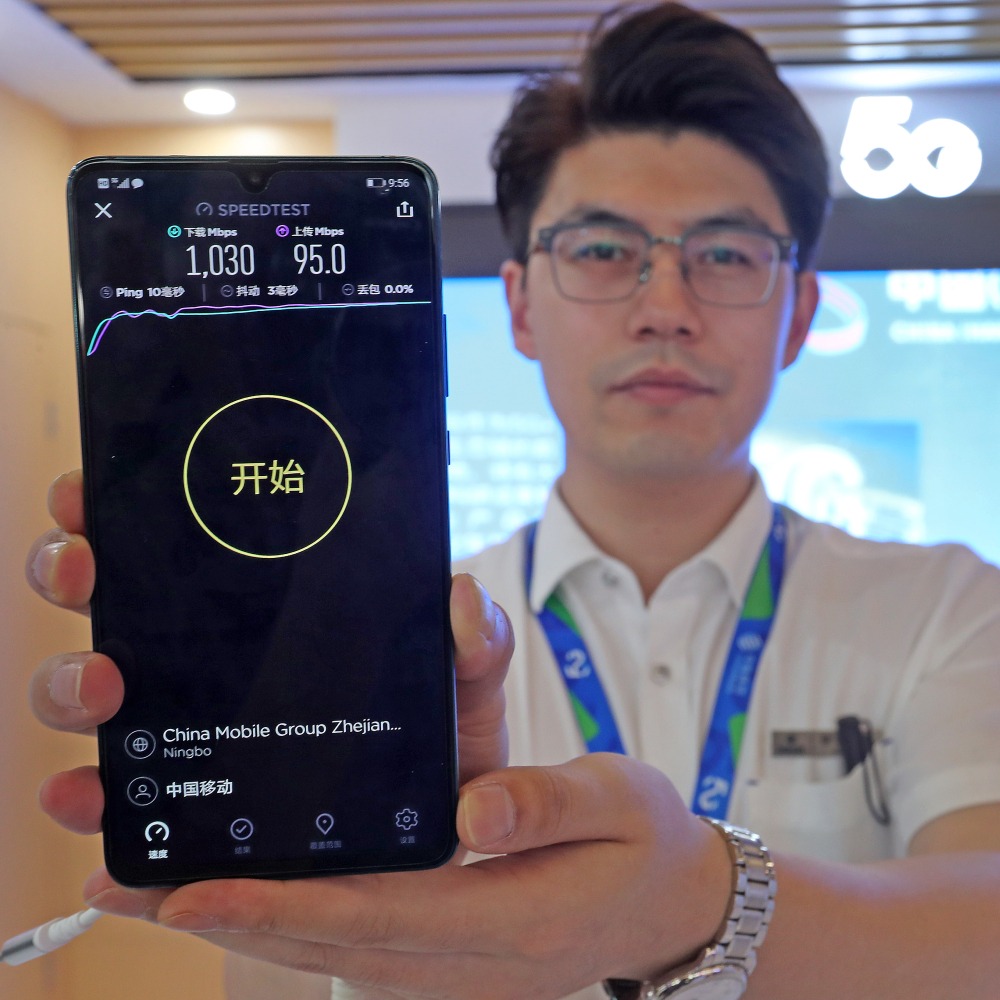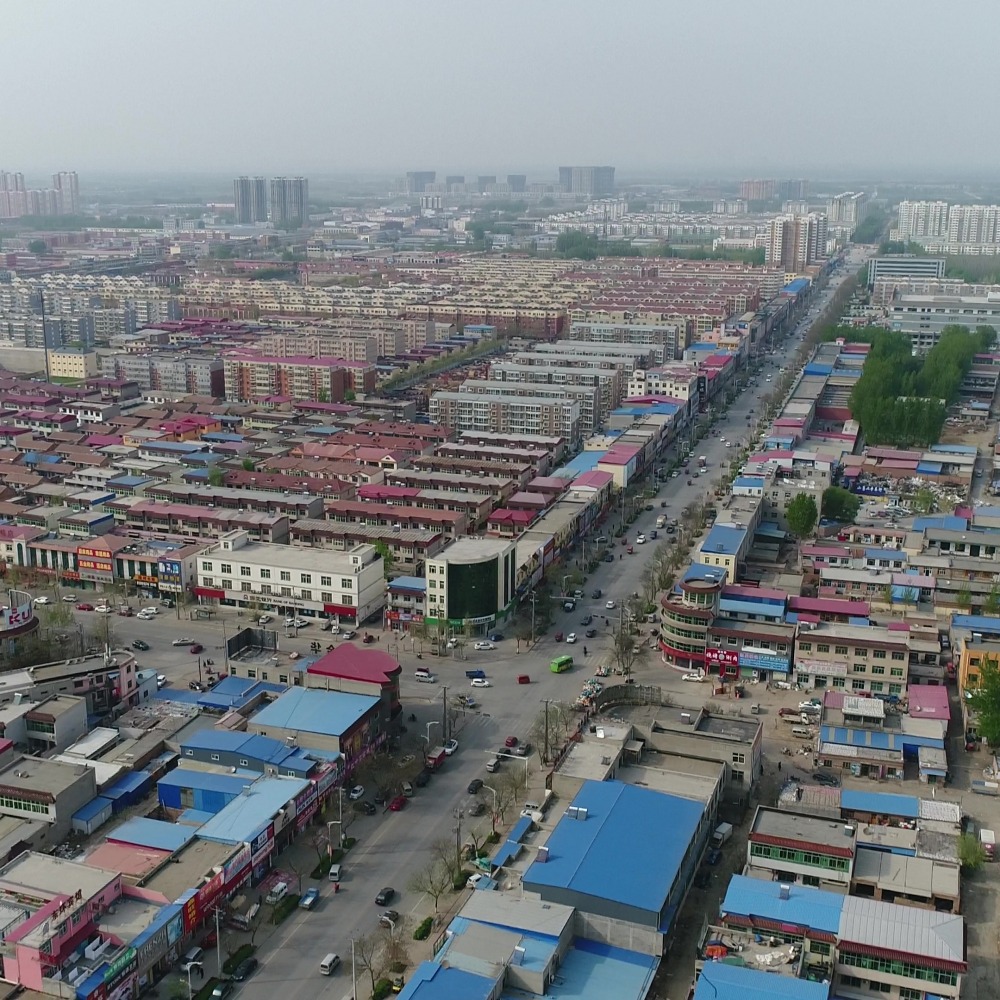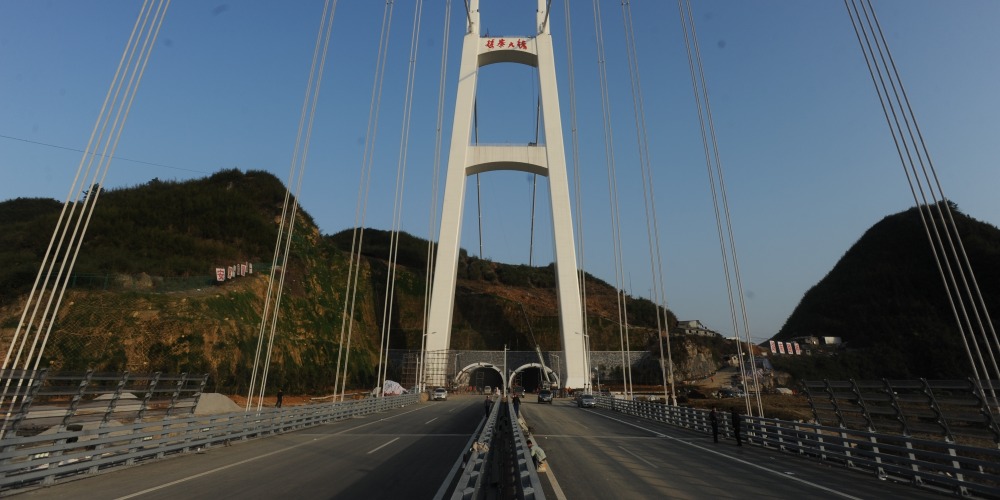Published : 2024-05-06
On May 6, 1994, the Daya Bay Nuclear Power Station in Guangdong was fully put into commercial operation.
It was China's first commercial nuclear power plant with a capacity of one million kilowatts, and also the first large-scale nuclear power station built with foreign investment, advanced equipment and technology.
The Daya Bay Nuclear Power Station is located about 50 kilometres northeast of Hong Kong city centre, using French-designed pressurised water reactors.
It generates over 150 billion kilowatt-hours of electricity per year, with 70% of it being purchased by the Hong Kong Electric Group for supplying to Hong Kong users.
Back in the late 1970s, both Hong Kong and Guangdong Province were facing a shortage of electricity supply. Hong Kong, already a highly vibrant international metropolis, had a rapidly growing economy and ever-increasing demand for power, and it was heavily populated, with scarce land and resources.
Guangdong Province was similarly resource-poor, with hydropower not viable. Relying on thermal power would require shipping millions of tonnes of coal from thousands of kilometres away annually, which was difficult to sustain from an environmental, economic, or transport capacity perspective.
In 1982, the Chinese government officially approved the Daya Bay Nuclear Power Project. The following year, the site was also approved, which is located near Hong Kong, Guangzhou, Shenzhen and other power load centres in Dapeng Town, Shenzhen, at Lingao Village on the coast of Daya Bay.
The power plant attracted a 25% stake from the Hong Kong Electric Group, with most of the generated power also sold to Hong Kong. On January 18, 1985, the nuclear power plant joint venture contract signing ceremony was held at the Great Hall of the People in Beijing.
More than three years later, the main project of the power plant officially started. On August 31, 1993, the first unit began to generate electricity, followed by the second unit on February 7 the next year.
